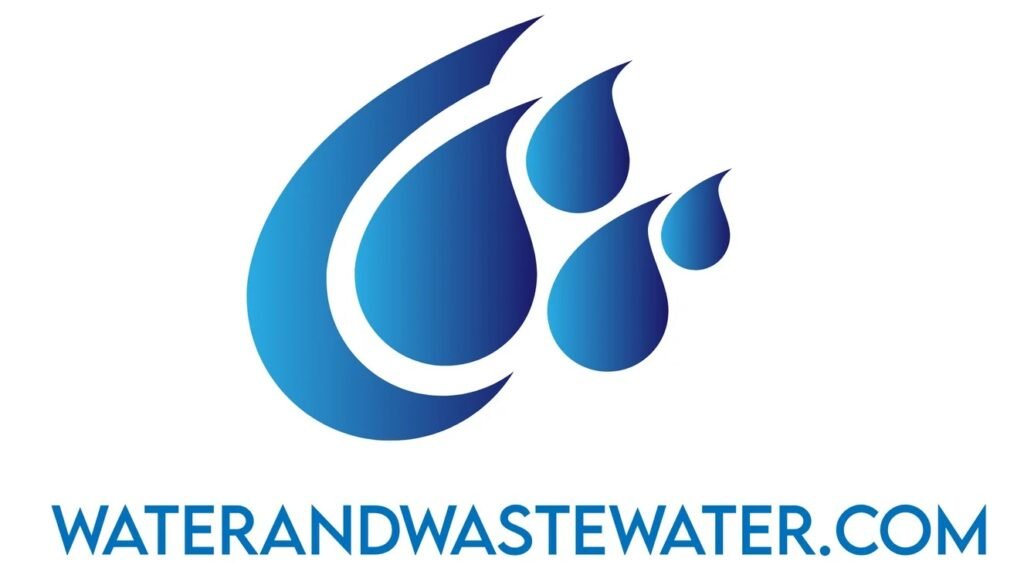Tag: treatment
Electrochemical ion exchange (EIX) is an innovative approach to wastewater treatment that harnesses electrical energy to remove contaminants. This method borrows principles from both electrochemistry and ion exchange technology, creating a synergistic process that improves efficacy and efficiency in treating wastewater streams. By applying an electrical potential, EIX can selectively target and remove ionic species […]
Subsurface Release Dissolved Air Flotation (DAF) is a water treatment process that enhances the removal of fine particles and suspended solids. The process involves the dissolving of air into water under pressure and then releasing the air at atmospheric pressure in a flotation tank basin. The released air forms tiny bubbles that adhere to the […]
Dissolved Air Flotation (DAF) is an effective process used in treating wastewater, a critical component of industrial hygiene and water treatment programs. It works by dissolving air into water under pressure and then releasing it at atmospheric pressure in a flotation tank. The released air forms tiny bubbles that adhere to suspended matter in the […]
In the realm of wastewater treatment, the rectangular primary clarifier is an essential first-stage component designed to reduce solids and organic loads by way of sedimentation. This process facilitates the removal of settleable solids and particulate matter from wastewater before it undergoes further treatment or purification steps. The design and operation of rectangular primary clarifiers […]
Tube settlers, also known as lamella clarifiers, represent an integral component in the field of wastewater treatment. They are employed to enhance the settling efficiency of particulates by increasing the effective settling area within a given footprint. This method of sedimentation is especially valuable in clarifying water and wastewater as it allows for greater process […]
A circular primary clarifier plays a crucial role in the wastewater treatment process, acting as the first step in the separation of solids from liquid waste. By leveraging the force of gravity, these clarifiers allow heavier particles to settle at the bottom, forming what is known as primary sludge, while lighter materials like oils and […]
Discrete settling is a crucial phase in wastewater treatment, primarily addressing the separation of particulate matter from water. This step is foundational to the clarification processes used in treatment facilities, where gravity pulls down solid particles, which are suspended in wastewater, to the bottom of a settling tank. In essence, the process capitalizes on the […]
Primary clarifiers serve a critical role in wastewater treatment as they are the initial phase where solids are separated from the liquid waste. By allowing wastewater to slow down and stay in a quiescent state, these clarifiers enable heavier solids to settle at the bottom, while lighter materials like oils and grease rise to the […]
In the realm of water treatment, thickening plays a crucial role in the management of wastewater sludge. The process involves increasing the solids concentration, thereby reducing the volume of the sludge to be handled. Efficient thickening is advantageous as it can significantly cut down transportation and disposal costs, and improve the overall operational efficiency of […]
Ozonation is a water treatment process that leverages the power of ozone, a potent oxidizing agent, to eliminate various contaminants from wastewater. Traditionally used for disinfecting drinking water, its application has expanded to treat municipal and industrial wastewater. Ozone is particularly effective against bacteria, viruses, and organic compounds, often as a tertiary treatment step to […]
